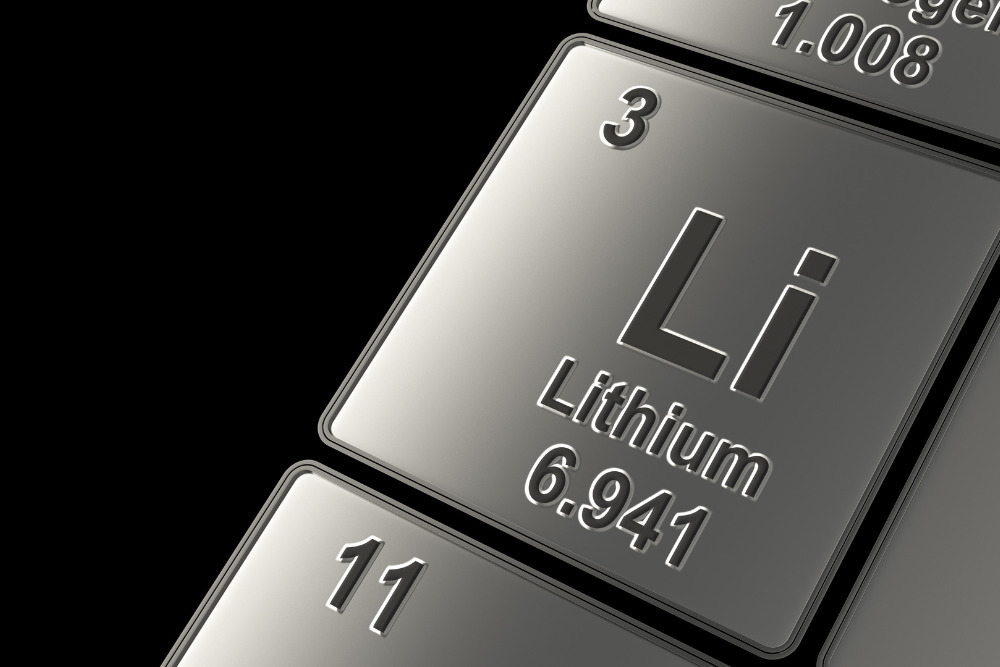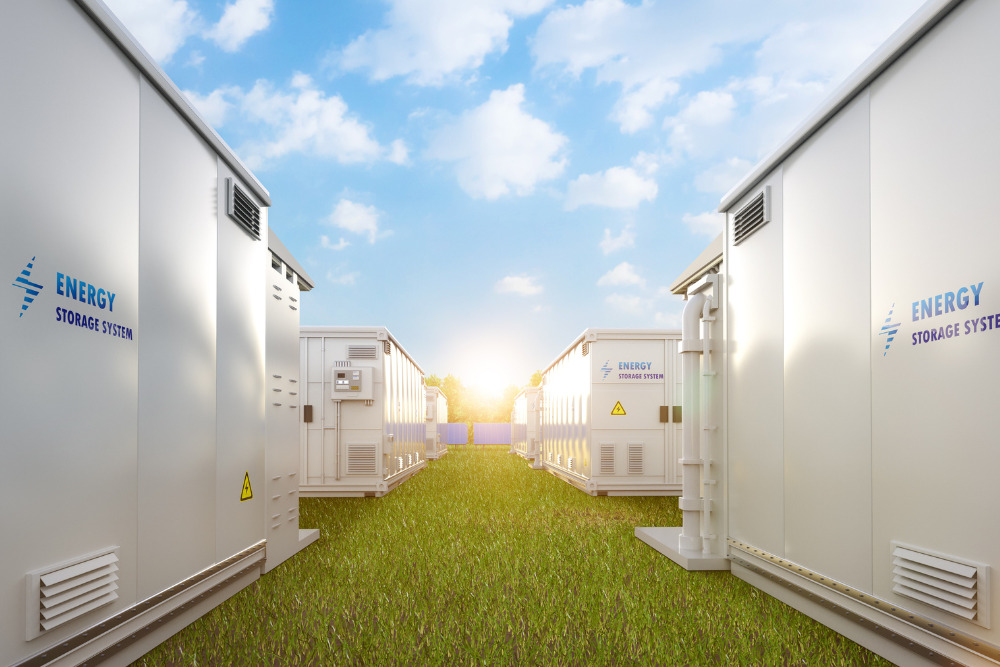
Solar batteries are one of the more expensive parts of a solar panel system, so it’s helpful to know what financing options are available to you if you’re considering adding a photovoltaic system to your home or business.
Solar battery storage has become increasingly popular as homeowners and businesses seek energy resiliency. Energy storage systems protect you from rising energy costs, provide battery backup during outages, and support your commitment to clean energy.
But installing solar-plus-storage systems comes with hefty upfront costs. Fortunately, there are several financing options for adding storage to your solar panel system, plus tax credits, rebates, and other incentives to make the overall cost more affordable.
How Much Do Solar Batteries Cost?
Solar batteries average between $8,500-$10,000 or more (some are upwards of $30,000), though many factors contribute to the cost. This is before any incentives and does not include installation and labor costs.
The wide disparity between solar battery prices is due to factors like battery chemistry, capacity, the cycle of life, and efficiency. For instance, lithium-ion-phosphate and lithium-ion batteries are more expensive than lead-acid solar batteries, as they’re a higher quality and longer lasting.
Also, solar battery brands like Sonnen and Simpiphi are more expensive, retailing between $9,000 and $36,000. Others like Tesla Powerwall and Generac PWRcell are relatively cheaper, costing $8,500 to $9,999.

How To Pay For Solar Batteries
Like with solar installation, there are several financing options for solar batteries.
Cash or Credit Card
A cash purchase is the best and fastest financing option for solar batteries. It qualifies you for incentives or rebates while saving you the hassle of monthly interest or payments. You will immediately eliminate your electricity bills if your solar system plus storage generates enough power to meet your energy needs.
On the downside, few homeowners have the cash on hand to pay for the high upfront costs of solar battery storage.
Another option is to pay for solar batteries using your credit card. However, it’s one of the least popular payment methods since most major credit cards carry a high interest rate. Many manufacturers and installers will also charge a fee for credit card purchases since they have to pay a processing fee.
Solar Loans
A solar loan is a common solar financing method. It is the most convenient way to pay for solar batteries if you can’t afford a cash purchase. Most homeowners opt for this method, especially if there are flexible monthly payments.
Like all loans, the total amount you’ll eventually pay will be higher than the upfront costs, depending on the repayment period, interest rate, and fees.
Lenders like banks, solar installers, or solar-specific financing providers offer different loan options for solar batteries. They include the following:
- Storage-only loan: This loan helps you pay for a standalone storage system when you have an existing solar power system. It’s typically cheaper and has a shorter payback period than a solar-plus-storage loan.
- Solar-plus-storage loan: If you pair your solar system with battery storage from the beginning, a solar-plus-storage loan can finance your entire solar project. Naturally, this will be a much larger loan with a longer payback period, but many lenders offer favorable interest rates and terms.
- Personal loan: Banks and credit unions offer secured and unsecured personal loans to finance solar-plus-storage projects. These typically have higher interest rates and shorter repayment periods.
- HELOC or Refinancing: A home equity line of credit (HELOC) allows you to borrow money against the equity in your house. With refinancing, you take a larger mortgage and use the balance to finance your project. Both options can earn you tax credits since they finance home upgrade projects.
Battery Leases and Power Purchase Agreements
Battery leases are another solar battery financing option that works like solar leases. You let a solar installer own and maintain your solar battery storage system at a monthly fee. It’s a viable option if you’re adding storage to an already leased solar system.
In a power purchase agreement (PPAs), you purchase the power generated by a solar-plus-storage system installed on your roof on a per kilowatt-hour basis. Like a lease, the system and equipment is owned and maintained by a third party, and you’re just “renting” it.
Why Are Solar Batteries So Expensive?
The high solar battery prices can be attributed to the high cost of raw materials that make the electrodes and the expensive manufacturing process.
A battery’s chemical composite (chemistry) determines its market price. For example, nickel-metal hydride batteries are more costly than lithium-ion and lead-acid batteries since their raw materials cost more.
Also, being new entrants in the solar energy industry, the supply of solar batteries hasn’t yet met the demand. However, the prices are dropping gradually as more investors enter the renewable energy sector and solar batteries become more accessible.
Solar batteries are also pricier than regular batteries because their price includes the cost of an inverter, customer interface hardware and software, and a cooling system. Installation equipment and labor costs also affect the price.

What’s the ROI on Solar Batteries?
The return on investment (ROI) for solar batteries varies per household.
Determining the ROI of a standalone solar battery storage system is challenging because you only experience financial benefits by pairing solar batteries with solar panels. Still, the return on investment depends on factors like the quality of battery you choose, financial incentives, local energy costs, and a household’s energy consumption.
Financial incentives and rebates from the federal or state governments lower your taxable income, increasing the amount available to pay for solar batteries and reducing your payback period.
The federal investment tax credit (ITC) is 30%, while state-level incentives and rebates vary. For example, many local utility companies offer a net metering program, where solar owners earn monthly credits for supplying surplus home energy to the grid.
A household energy consumption pattern also determines the ROI of solar patterns. Homeowners with lower energy users and on a flat rate plan are likelier to have a higher ROI than those on a time-of-use (TOU) rate.
Solar owners on grid-tied TOU plans pay higher energy bills when electricity prices increase - mainly during low supply and peak usage. Going off-grid or adding solar batteries can help protect you from these hefty utility bills.


